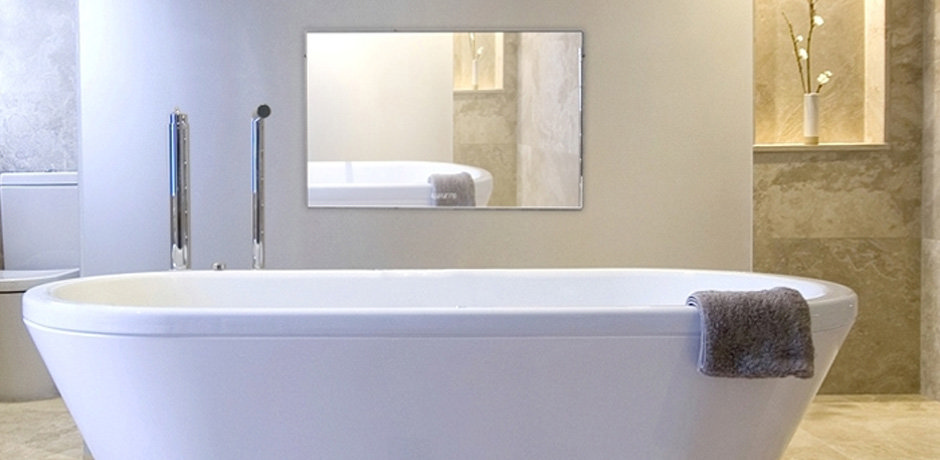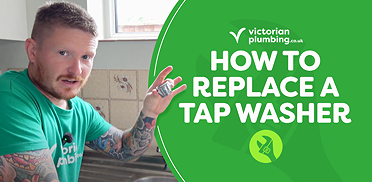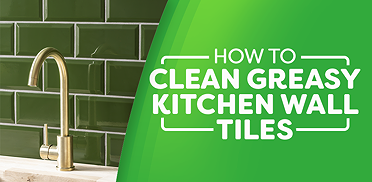EXTRA 10 % OFF AREZZO WITH CODE: AREZZO10
*Free delivery on orders over £499
Bathroom Electrical Zones Explained
Bathroom Electrical Zones Explained
Adding electrical components to the bathroom can be a tricky subject, where regulations and the needs of your bathroom can often collide. Check out this guide on electrical fittings and where they can and can't be used.

When decorating your bathroom there are a lot of things to take into account, and it can be quite overwhelming for someone doing it for the first time. For example, have you thought about bathroom electrical zones? Something very important to take into account that you may not have considered is how close to water outlets you can have electrical devices in the bathroom. Not to worry though, because we are here to explain everything you need to know.
Bathrooms are considered to be a 'special location' for electrical installations according to the new 17th edition IEE Wiring Regulations. This is because bathrooms have an increased risk of electric shock for the users, due to the proximity of water.
There are many electrical fixtures that call the bathroom home, lighting, fans, heaters, shaver sockets, shower rails etc. But finding the right place to put them without the possibility of causing harm to a loved one. Using electrical equipment in bathrooms has always needed care to ensure safety and the first thing that needs to be done is to identify the bathroom electrical zones in which particular electrical equipment can be installed.
Bathroom Electrical Zones
There are 3 electrical zones that have been identified by the IEE Wiring Regulations;
Zone 0:
The interior of the bath or shower which can hold water.
Zone 1:
The area directly above zone 0 limited vertically to 2.25m above the bottom of the bath or shower. Also 1.2m horizontally from the centre of a shower outlet to the height of the outlet or 2.25m whichever is the higher. Zone 1 bathroom lights can be used in this area.
Zone 2:
The area beyond zones 0 and 1, 0.6m horizontally and up to 2.25m vertically. Zone 2 also included any recessed window with a sill next to the bath. Zone 2 bathroom lights can be used in this area.
An important thing to note is that providing the space under the bath cannot be accessed without using tools, that space is considered to be ‘out of scope’. Any electrical item that has been approved for use in a zone, may be used in other zones as long as they are of a higher number, but not in a lower numbered zone.
Electrical Equipment In Bathrooms
Electrical equipment may be identified as having a certain level of mechanical and moisture protection, these are quoted as 'Ingress Protection' (or IP) numbers - such as 'IPXY', where X and Y are numbers, the X showing the level of mechanical protection and Y showing the level of moisture protection - in both cases, the higher the number, the better the protection. If a piece of equipment does not have an IP number, it must not be used in zones 0, 1 or 2 (or elsewhere having a wet/damp environment).
Zone 0:
Requires electrical products to low voltage (max. 12 volts) and be IPX7 (the mechanical protection is unimportant).
Zone 1:
Requires electrical products to be IPX4 or better, or SELV with the transformer located beyond zone 2.
Zone 2:
Requires electrical products to be IPX4 or better, or SELV with the transformer located beyond zone 2.
Beyond zone 2:
When the size of bathroom extends beyond zone 2, portable equipment is allowed, however they should be positioned such that that their flex length does not enable them to be used in zone 2.
Electrical Protection
All electrical circuits within bathrooms must be protected by Residual Current Devices (RCD) not exceeding 30mA. An RCD is an electrical wiring device that disconnects a circuit whenever it detects that the electric current is not balanced or functioning normally, to ensure safer use. This rule applies to all electrical equipment whether it is controlled by a switch or remotely switched.
As always, we highly recommend you book a qualified and reputable trades-person when dealing with electricity and water. Working with electrical zones in the bathroom can be a technical and tricky subject.

Greg
Greg is one of our most regular bathroom bloggers here at Victorian Plumbing. He's always looking for the latest bathroom trends and styles and will be posting them here regularly. He'll also be posting practical 'How To' step-by-step DIY advice and reporting on his latest bathroom ideas at Victorian Plumbing.


